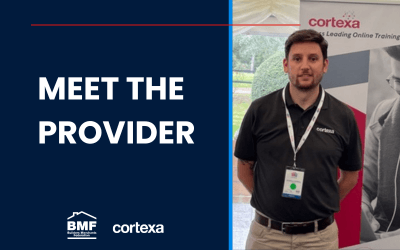Empowering Growth: A 3-Step Employee Development Plan for Organisational Success
Employee development plan explained
Advantages of employee development plans for your business
Employee development plans have become an integral tool to attract and retain talent, support the achievement of business objectives, and boost profitability. Businesses that implement employee development plans benefit in many ways, including:
1. Companies can attract top talent by showing their commitment to employee growth and development.
2. Customised learning opportunities can lead to increased satisfaction, confidence, and engagement among employees.
3.Empowering employees to hone their skills and pursue new opportunities can lead to better performance in their current role, as well as better preparation for future positions.
4. Providing learning opportunities for staff, can lead to higher retention rates and lower turnover.
5. Tailored learning opportunities creates an employee experience that attracts high-performing talent.
Let’s delve into a 3-step approach to designing an impactful employee development plan.



